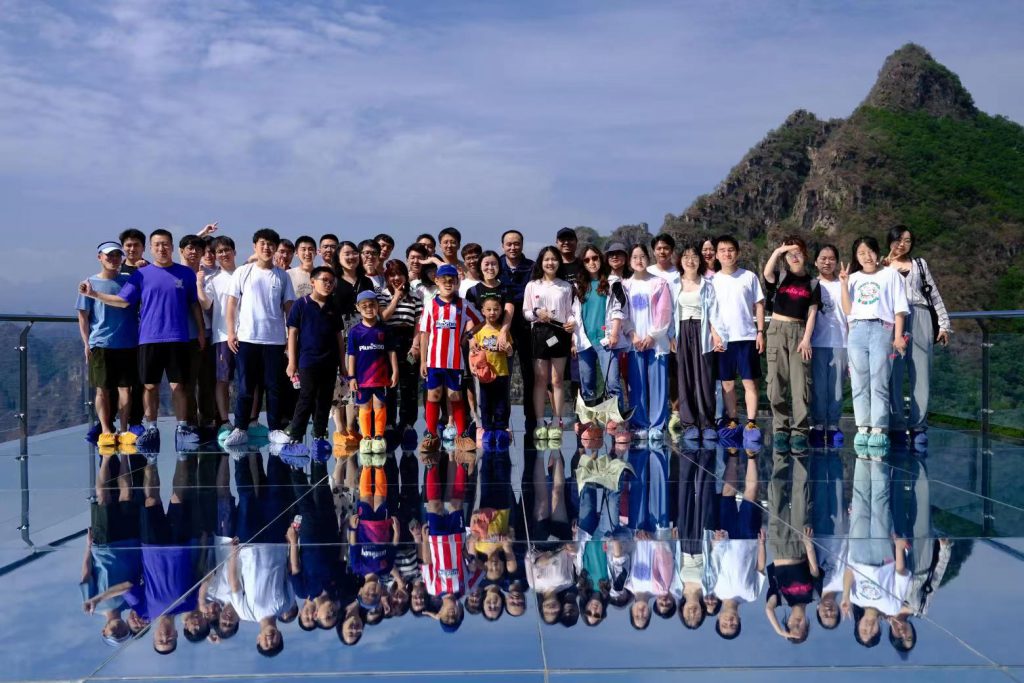
2023年房山十渡景区春游




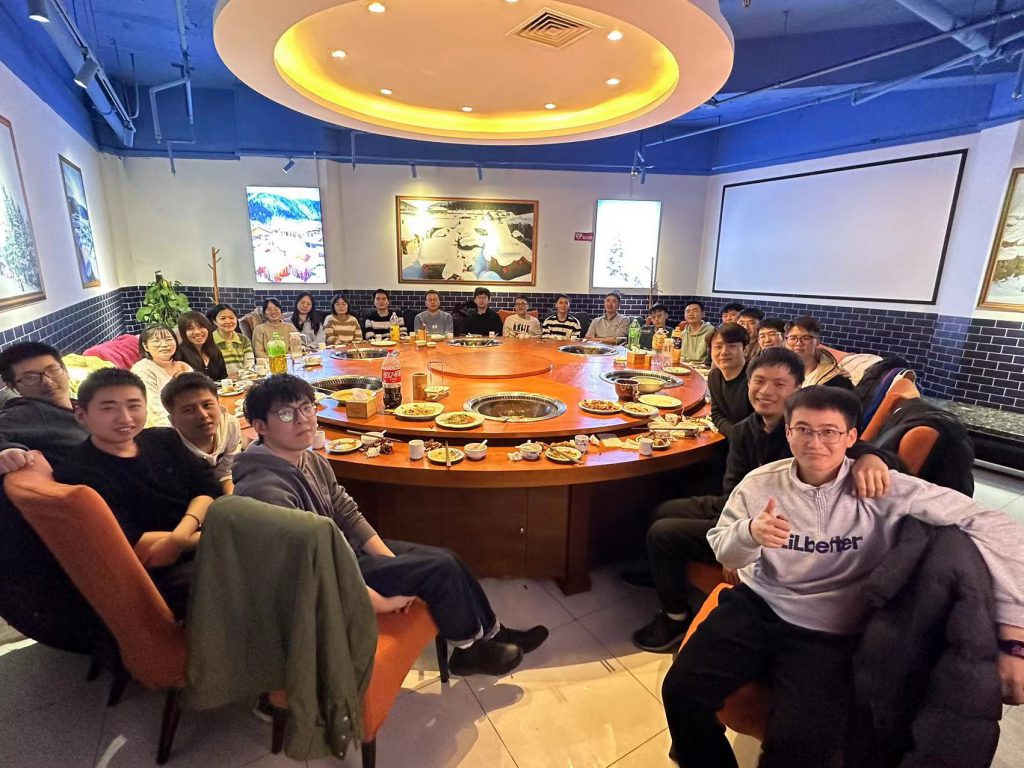

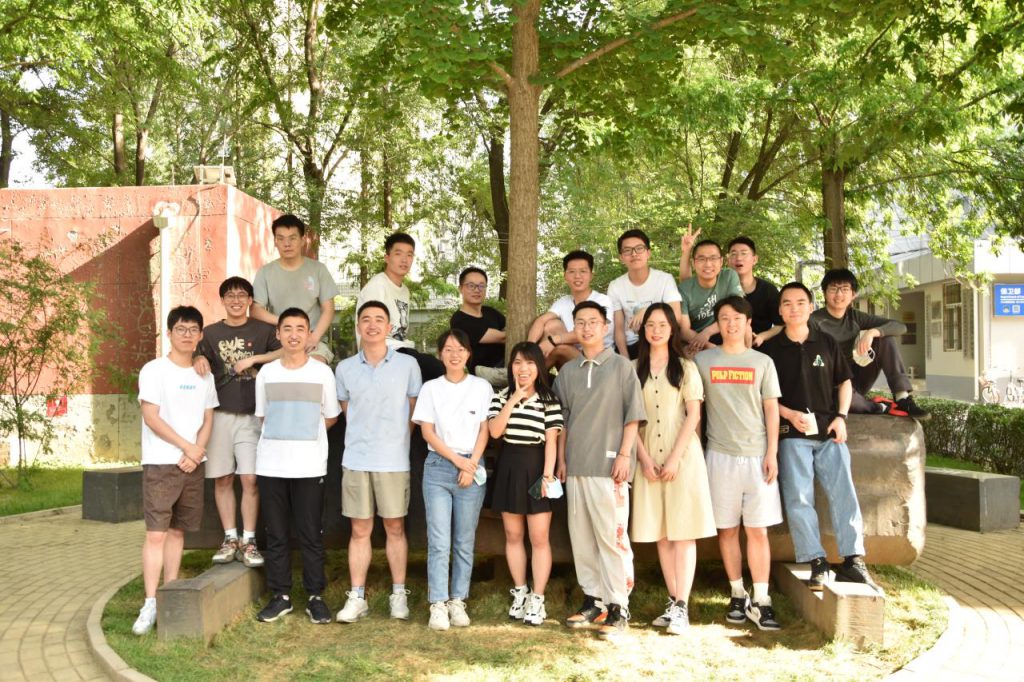
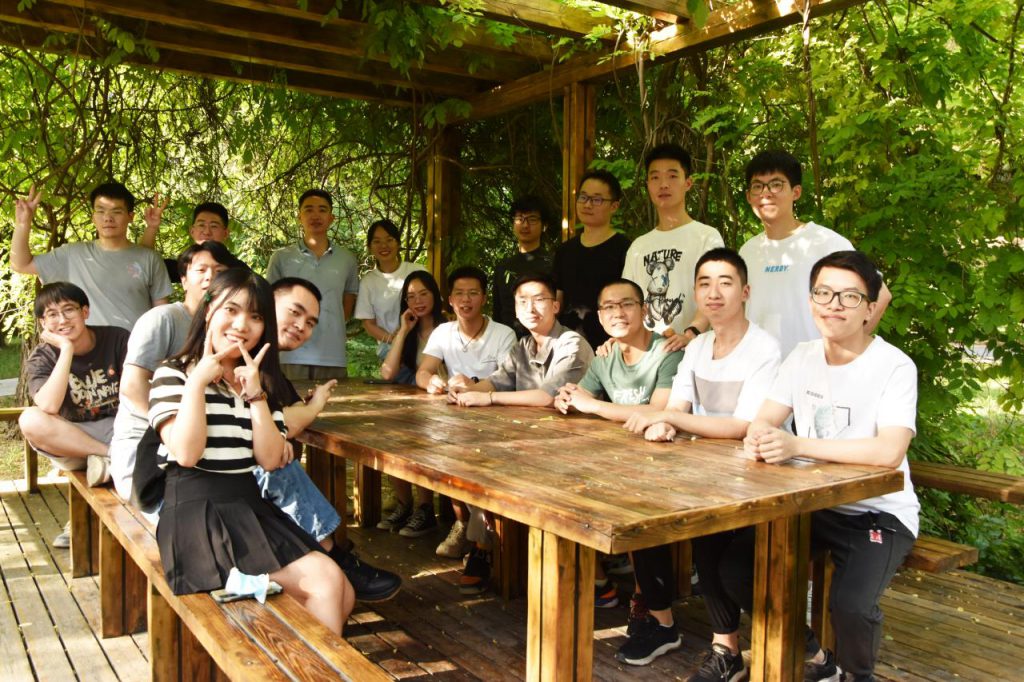
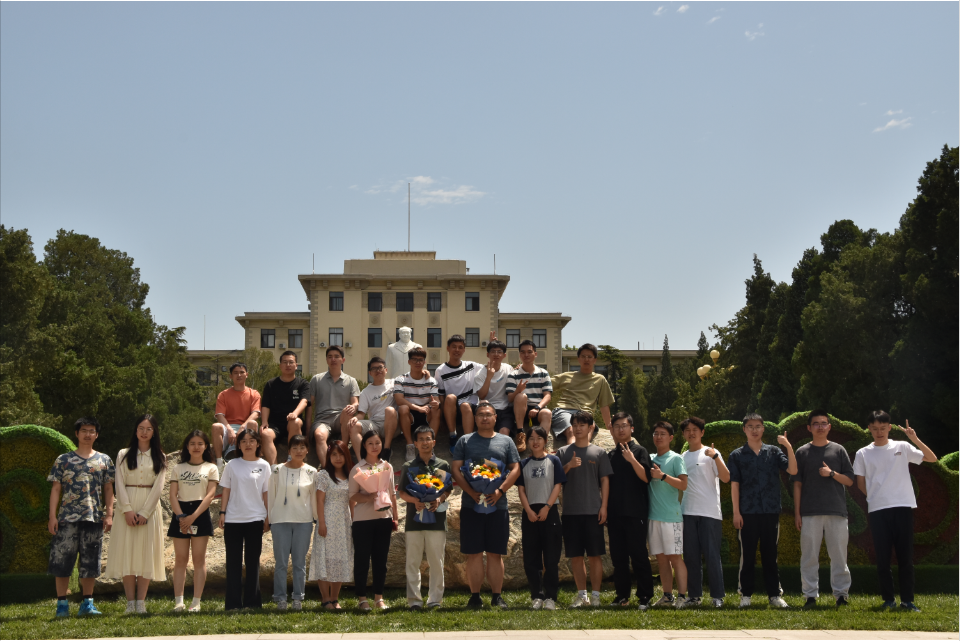
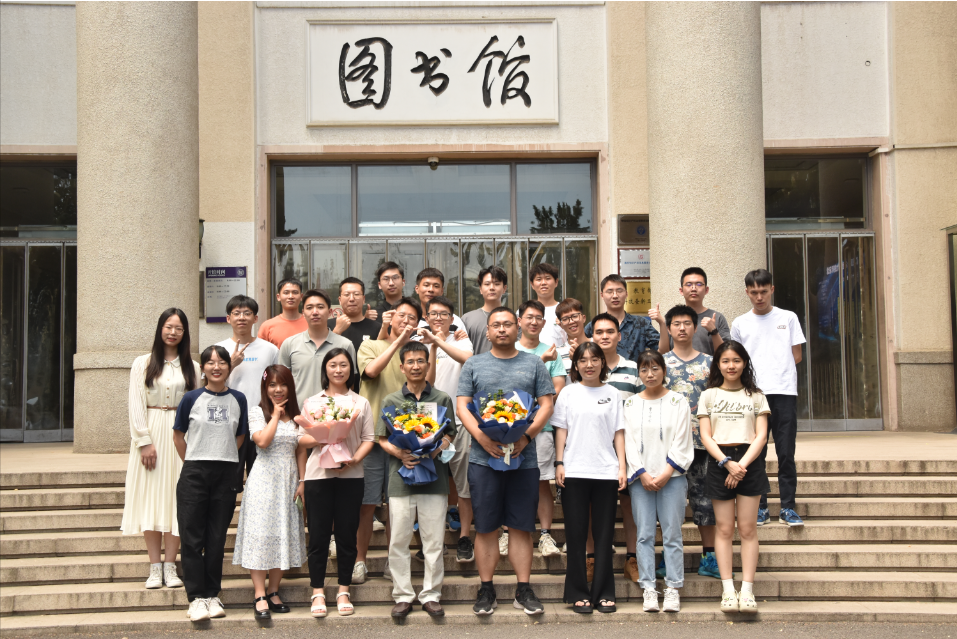

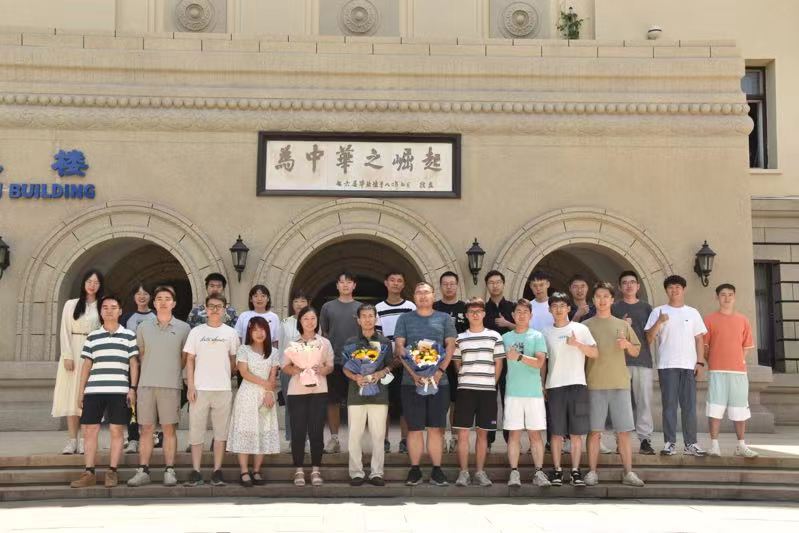
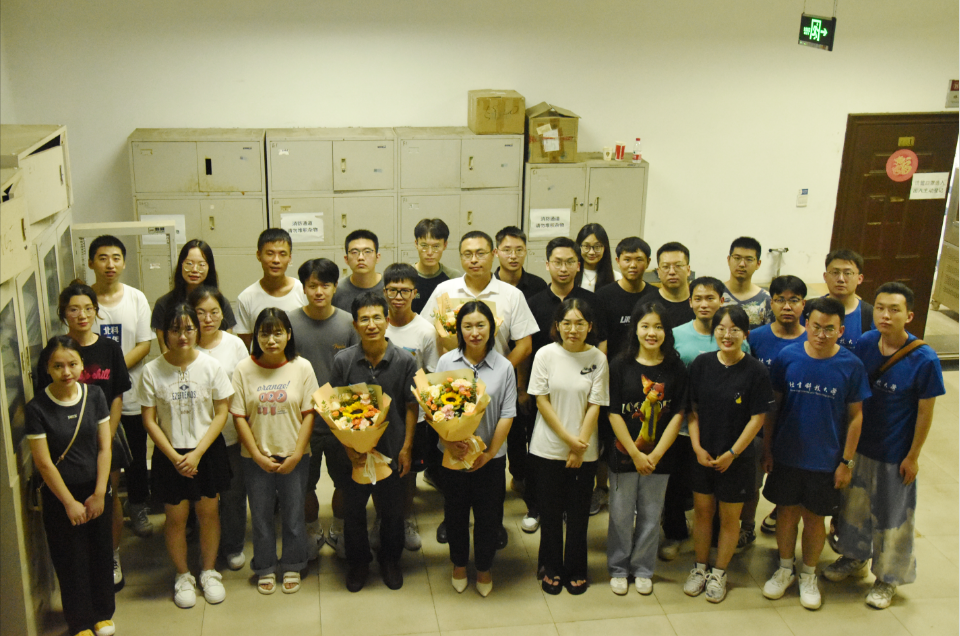
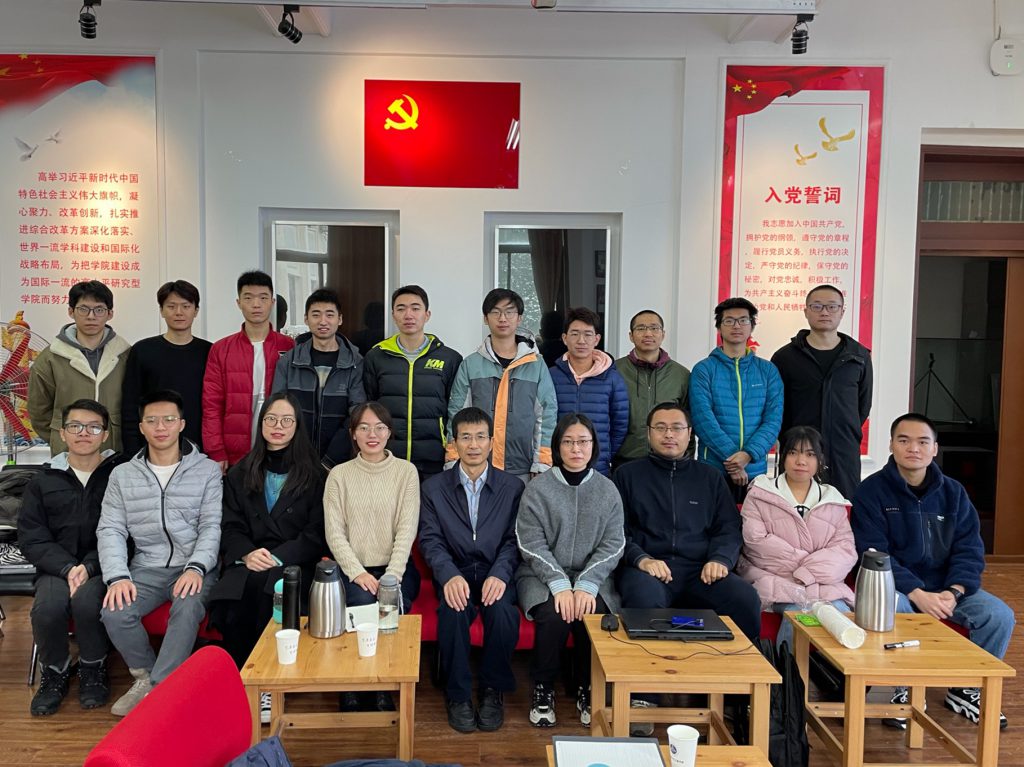
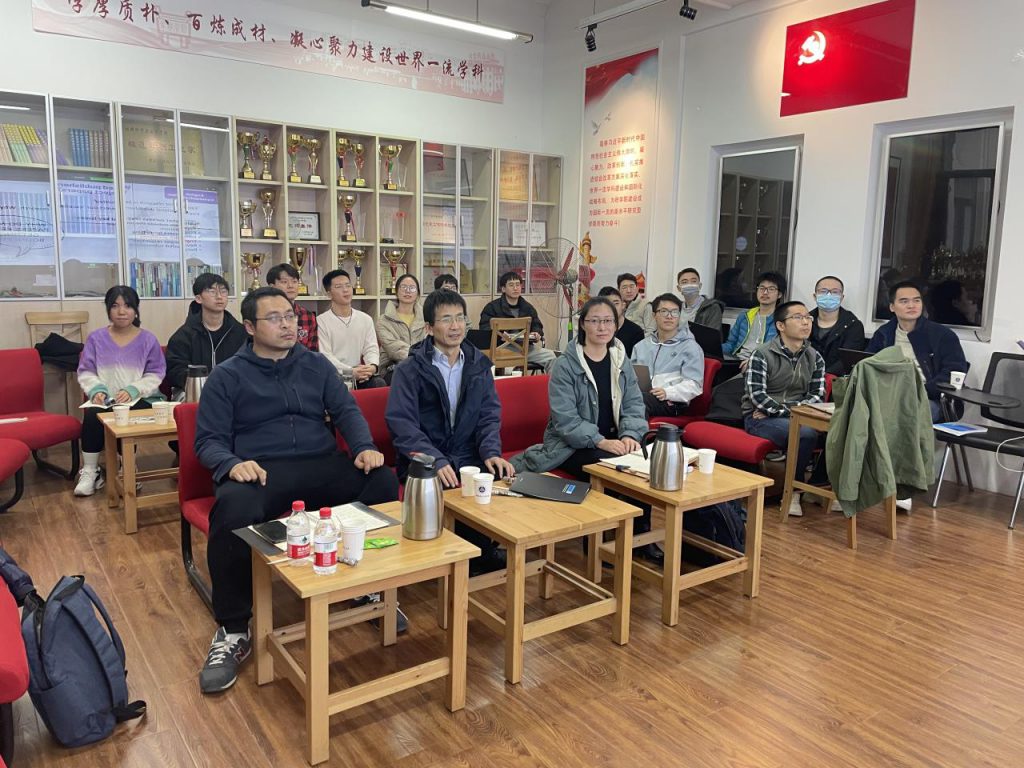
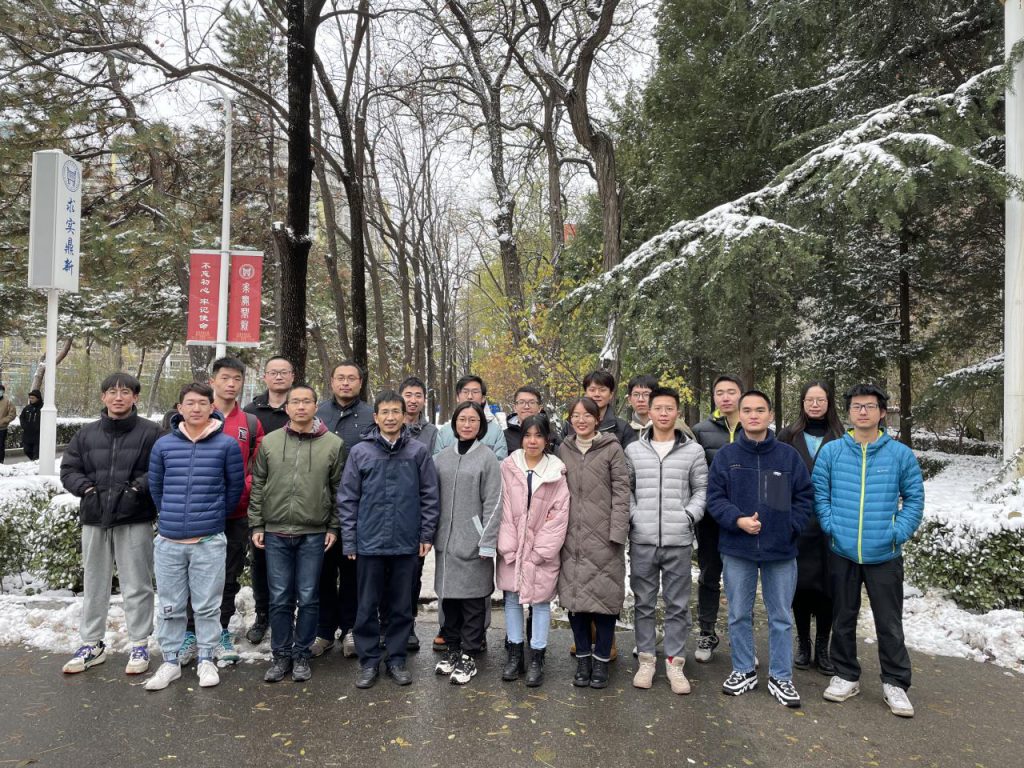

Ion Errea holds a degree (2007) and PhD (2011) in Physics from the University of the Basque Country (UPV/EHU). He was a post-doctoral researcher at the Pierre and Marie Curie University in Paris and the Donostia International Physics Centre (DIPC). He was shortlisted for the 2015 Volker Heine Young Investigator Award and was selected Emerging Leader by the Journal of Physics: Condensed Matter. Since 2018, he has led the research group on Quantum Theory of Materials at the Centre for Material Physics (CSIC-UPV/EHU). His research focusses on the development of theoretical methods of calculating complex properties of solids and has been published in prestigious scientific journals including Nature, P. N. A. S, Nano Letters and Physical Review Letters. He has also been a guest speaker at dozens of international conferences.
| 1 | Mar 21, Monday, 19:00 | Electrons and Ions in Solids | Replay |
| 2 | Mar 22, Tuesday, 19:00 | Classical Theory of Lattice Vibrations | Replay |
| 3 | Mar 24, Thursday, 19:00 | Quantum Theory of Lattice Vibrations | Replay |
| 4 | Mar 25, Friday, 19:00 | Calculation of Harmonic Phonons with DFT or Other Methods | Replay |
| 5 | Mar 28, Monday, 19:00 | Hands-on Tutorial on the Calculation of Harmonic Phonons with DFT | Replay |
| 6 | Mar 29, Tuesday, 19:00 | Measuring Phonons and the Problems of the Harmonic Approximation | Replay |
| 7 | Mar 31, Thursday, 19:00 | Anharmonicity Beyond Perturbation Theory: the SSCHA method | Replay |
| 8 | Apr 1, Friday, 19:00 | Hands-on Tutorial on the SSCHA | Replay |
| 9 | Apr 4, Monday, 19:00 | Quantum and Anharmonic Effects on Superhydrides | Replay |
| 10 | Apr 5, Tuesday, 19:00 | CDW and Ferrroelectric Transitions | Replay |
课程资源下载:https://ehubox.ehu.eus/s/LXtmHSbgrbQxa24?
ZOOM ID: 458 375 4881 密码:410318
腾讯会议:964-3331-6875
联系人:刘泉林 宋振
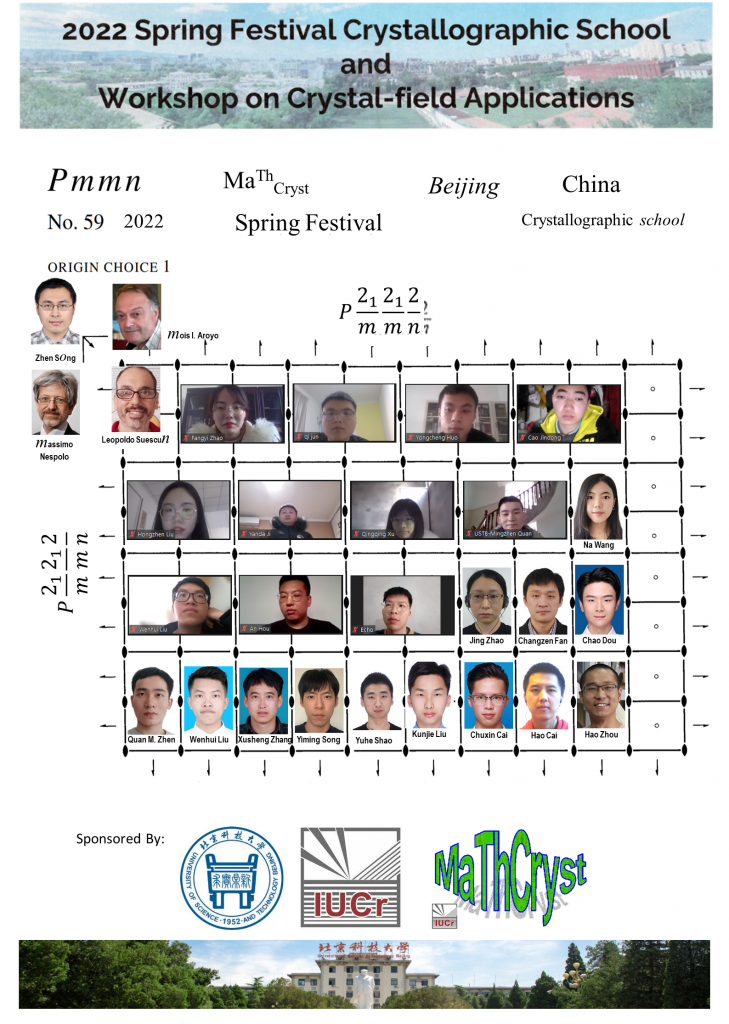
Massimo Nespolo (MN) (Université de Lorraine, Faculté des Sciences et Technologies, Vandoeuvre-lès-Nancy cedex France)
Mois I. Aroyo (MIA) (Physics Department, University of the Basque Country, UPV/EHU, Bilbao, Spain)
Leopoldo Suescun (LS) (Universidad de la Republica, Montevideo, Uruguay)
Zhen Song (ZS) (University of Science & Technology Beijing, China)
Session1 (2 hours): Lectures and Exercises 15:00 – 17:00 (Beijing time, BJT)[8:00-10:00, CET; 4:00-6:00,UYT]
Tutorial session (optional): 18:00 – 19:00 (Beijing time, BJT)[11:00-12:00, CET; 7:00-8:00, UYT]
Session2 (2 hours): Lectures and Exercises: 19:00 – 21:00 (Beijing time, BJT)[12:00-14:00, CET; 8:00-10:00, UYT]
Check the program for the newest time. Some courses will be hold at different times.
| Day 1 | Feb 1, 2022, Tuesday |
| Session 1: 15:00-17:00 (MN) |
| Crystal pattern Crystal lattice vs. crystal pattern and crystal structure. Symmetry directions in a lattice .Unit cells: primitive cells, multiple cells, conventional cells in 2D and 3D. Crystal families. Symmetry groups and types of symmetry in direct space: morphological symmetry; symmetry of physical properties; symmetry of lattices; symmetry of the unit cell content; symmetry of crystallographic patterns. |
| Tutorial session (optional) (18:00-19:00) |
| Session 2: 19:00-21:00 (MN) |
| Crystallographic point groups Stereographic projection and the morphology of crystals. Hermann-Mauguin symbols for point groups. Basic properties of groups (group axioms, order, multiplication tables, etc.). Subgroups, index, coset decompositions, Lagrange theorem. |
| Day 2 | Feb 2, 2022, Wednesday |
| Session 1: 15:00-17:00 (MIA) |
| Crystallographic point groups (Cont.) Group actions: conjugation and normalizers. Wyckoff positions for point groups. Relations of Wyckoff positions for a group-subgroup pair. Supergroups of point groups. Overview of crystallographic point groups. Coset decomposition of the space group with respect to its translation subgroup. |
| Tutorial session (optional) (19:00-19:40) |
| Session 2: 19:40-21:40 (MN) |
| Space groups – general introduction: Periodic structure of the crystalline matter: lattices and their basic properties. |
| Day 3 | Feb 3, 2022, Thursday |
| Session 1: 15:00-17:00 (MN) |
| Space groups and their descriptions (cont.): Structure of space groups: Exercises |
| Tutorial session (optional) (18:00-19:00) |
| Session 2: 19:00-21:00 (MN) |
| Space groups and their descriptions (cont.): Exercises on orthogonal projections of space groups 1. |
| Day 4 | Feb 4, 2022, Friday |
| Session 1: 15:00-17:00 (MN) |
| Space groups and their descriptions (cont.): Exercises on orthogonal projections of space groups 2. |
| Tutorial session (optional) (18:00-19:00) |
| Session 2: 19:00-21:00 (MIA) |
| Space groups and their descriptions (cont.): Space groups and their description in International Tables for Crystallography, Vol. A: Matrix-column formalism in the description of space-group symmetry. Isometries and crystallographic symmetry operations. Matrix-column presentation of symmetry operations. Symmetry elements: geometric elements and element sets. |
| Day 5 | Feb 7, 2022, Monday |
| Session 1: 15:15-17:15 (MIA) |
| Transformations of the coordinate systems: Change of origin and orientation. Conventional and non-conventional descriptions of space groups; ITA-settings. Bilbao Crystallographic Server: Computer databases and access tools to crystallographic symmetry data for space groups |
| Tutorial session (optional) (18:15-19:00) |
| Session 2: 19:00-21:00 (MIA) |
| Subgroups of space groups: types of subgroups of space groups. Maximal subgroups in International Tables for Crystallography, Vol. A1. Hermann theorem. Maximal subgroups; series of isomorphic subgroups. Coset decomposition. |
| Day 6 | Feb 8, 2022, Tuesday |
| Session 1: 15:00-17:00 (MN) |
| Group-subgroup relations between space groups (cont.) Domain-structure analysis in structural phase transitions. Relations of Wyckoff positions for a group-subgroup pair. |
| Tutorial session (optional) (18:00-19:00) |
| Session 2: 19:00-21:00 (LS) |
| Reciprocal space Crystallographic calculations in reciprocal space. Introduction to diffraction. |
| Day 7 | Feb 9, 2022, Wednesday |
| Session 1: 15:00-17:00 (LS) |
| Diffraction symmetry Laue classes, Friedel’s law, resonant scattering. Integral, zonal and serial reflection conditions and their use to determine the space-group type. Special reflection conditions. |
| Tutorial session (optional) (18:00-19:00) |
| Session 2: 19:00-21:00 (MIA) |
| Group-subgroup relations between space groups (cont.) Computer databases and access tools to crystallographic symmetry data for space groups. Maximal subgroups data and related computer application in the Bilbao Crystallographic Server. |
| Day 8 | Feb 10, 2022, Thursday |
| Session 1: 15:15-17:15 (MIA) |
| Crystal-structure tools of the Bilbao Crystallographic Server Crystal-structure descriptions. Descriptions of crystal structures with respect to different ITA settings of the space groups (the program SETSTRU). Equivalent crystal structure descriptions (the programs EQUIVSTRU and COMPSTRU). Crystal-structure descriptions compatible with symmetry reduction (the program TRANSTRU). Hands-on practicals with the computer tools for crystal-structure descriptions |
| Tutorial session (optional) (18:15-19:00) |
| Session 2: 19:00-21:00 (LS) |
| Crystal-structure tools of the Bilbao Crystallographic Server (cont.) Crystal-structure relationships. Family trees (Baernighausen trees) of crystal structures: aristotype (basic) and hettotypes (derivative) structures). Hands-on practicals with the program STRUCTURE RELATIONS. |
| Day 9 | Feb 11, 2022, Friday |
| Session 1: 15:15-17:00 (MIA) |
| Crystal-structure tools of the Bilbao Crystallographic Server (cont.) Structural pseudosymmetry. Pseudosymmetry search for new ferroics. Application in structural phase transitions. Hands-on practicals with the program PSEUDO. |
| Tutorial session (optional) (18:15-19:00) |
| Session 2: 19:00-21:00 (MIA) |
| General remarks on representations Representations of discrete groups: definition and basic properties. Reducible and irreducible representations. Equivalence of representations. Theorem of orthogonality. Characters of representations and character tables. Subduced and direct-product representations |
| Day 10 | Feb 14, 2022, Monday |
| Session 1: 15:15-17:15 (MIA) |
| Representations of point groups Representations of Abelian groups: cyclic groups and direct products of cyclic groups. Character tables of representations of point groups. Database of Bilbao Crystallographic Server on point-group representations. |
| Tutorial session (optional) (18:15-19:00) |
| Session 2: 19:00-21:00 (ZS) |
| Crystal-field theory Group theory-based selection rules, energy level splitting on symmetry degradation, crystal-field potentials of point groups. |
| ZOOM user |
| Register via the following link to get the ZOOM link. You will also have the opportunity to ask questions and get help directly from the teachers. |
| Tencent Meeting user |
| The course will be broadcasted simultaneously via Tencent Meeting: 447-4154-9220 |
The tutorial session will be optional. One or more teachers will answer questions on-line. However, it will be only hold via ZOOM.
Quanlin Liu University of Science and Technology Beijing (USTB)
Zhen Song University of Science and Technology Beijing (USTB)
For any inquires, please refer to zsong%ustb.edu.cn (change % to @).
Nonlinear optical (NLO) materials are critical in generating coherent light through frequency conversion, e.g., second harmonic generation (SHG). From the ultraviolet (UV) to the infrared (IR), NLO materials have expanded the range of the electromagnetic spectrum accessible by solid-state lasers. Wavelengths where NLO materials are still needed include the UV (~200 – 400nm) and deep UV (< 200nm). Coherent deep-ultraviolet (DUV) light has a variety of technologically important uses including photolithography, atto-second pulse generation, and in advanced instrument development. Design strategies will be discussed, as well as synthetic methodologies. In addition, the crystal growth, characterization, and structure-property relationships in new UV and DUV NLO materials discovered in our laboratory will be presented. Finally, our crystal growth capabilities and recent crystal growth of functional materials will be described.
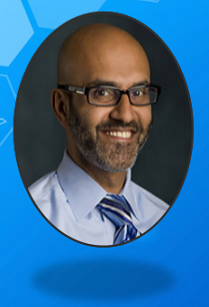
Department of Chemistry, University of Houston
P. Shiv Halasyamani is a full-time professor in the Department of Chemistry at the University of Houston, and associate editor of the internationally renowned journal Inorganic Chemistry and ACS Organic and Inorganic Au. He has served as the editorial advisory member, deputy editor and guest editor of internationally renowned journals such as Chem. Mater., Inorg. Chem., Mater. Res. Bull. and J. Solid State Chem. He has won many domestic and international awards such as the ExxonMobil Solid State Award, Beckman Young Investigator, High-End Foreign Experts Project Award – China, and the Roy-Somiya Award: International Solvothermal and Hydrothermal Association. He is also a Beckman Foundation Executive Committee Member, and an AAAS Fellow. Prof. Halasyamani’s research involves the design, synthesis, crystal growth, characterization, and structure-properties of functional inorganic solid-state materials. He has published over 240 papers with an h-index of 61 and over 12,000 citations.
报告时间:2021-11-16 10:00 (UTC+8)
腾讯会议:897446599
ZOOM:4583754881
联系人:刘泉林 赵静

上海理工大学:禹德朝
禹德朝教授于2014年在华南理工大学获得工学博士学位,随后分别在美国罗格斯大学、荷兰乌得勒支大学、华南理工大学、南京邮电大学担任博士后、研究员、特聘研究员、高层次人才等职位,获得2020年度上海市海外高层次人才和2020年广东省自然科学“一等”奖(排名4/5)。2021年入职上海理工大学光电信息与计算机工程学院,加入庄松林院士领衔的“超精密光学制造”团队。目前,以第一/通讯作者在Light Sci. Appl. ,Adv.Opt. Mater.,Phys. Rev. B (Appl.),Appl. Phys. Lett.等学术期刊发表论文18篇,担任国际学术期刊Crystals的Guest Editor、Frontiers inChemistry的Topical Editor和Frontiers in Photonics的Review Editor。主要研究方向为微纳米晶多光子发光材料、有机-无机杂化体系、纳米光子学及其在新型光电子器件和生物医学领域的应用。
报告内容:
稀土离子具有丰富的电子能级结构,其光子吸收与发射几乎覆盖了整个紫外-可见-近红外光谱区域,被广泛应用于制备各种发光材料。尽管稀土离子4f壳层内的电子跃迁相对稳定,但掺杂浓度调控的离子间相互作用、声子能量决定的非辐射弛豫和辅助的能量传递、温度促进的非辐射跃迁等都将对稀土离子(对)的发光过程产生不可忽略或本质的影响。最近,基于近红外量子剪裁下转换发光、蓝光到紫外上转换和荧光温度探针发光现象,我们对蓝光激发下Tm3+/Yb3+共掺体系、Ho3+单掺体系和Pr3+/Gd3+共掺体系的发光特性展开了系统的研究,对其中所涉及的掺杂浓度(~0.001-0.3)、声子能量(~370-1050 cm-1)和温度(~30-900 K)(综合)调控的能量传递机制进行了初步的探究,基于样品的稳态-动态光谱学实验数据分析和理论模拟与计算,得出了一系列有指导意义的结论。
报告时间:2021年10月15日
报告地点:主楼31小会议室
 |  |
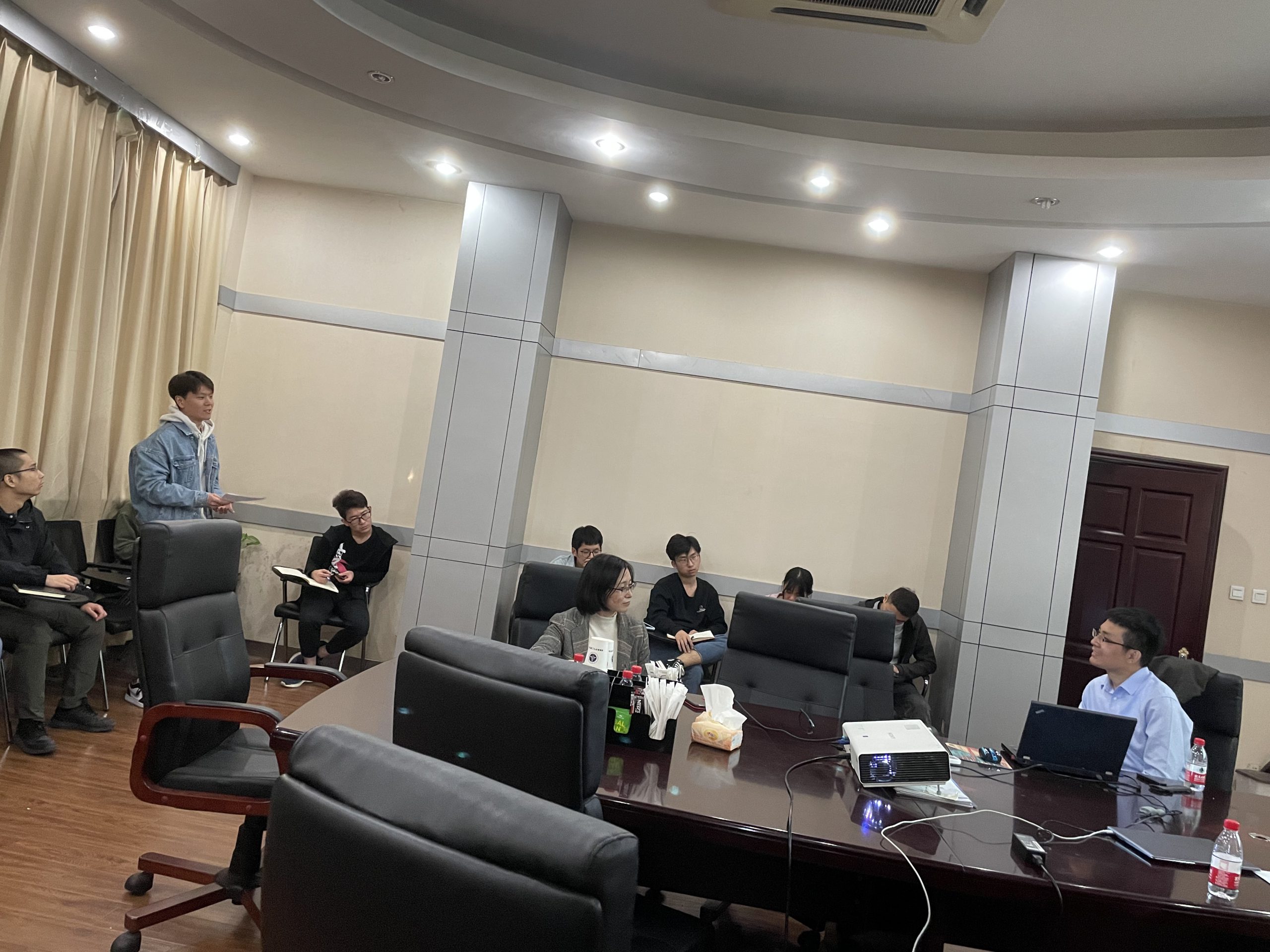 |  |
Knowledge on the electronic structure of a compound together with its intended and unintended defects are crucial to explain its physical and chemical properties. In this seminar Prof. Dorenbos will show how the empirical models were obtained and their physical relevance. Particularly, the chemical shift model that provides a method to routinely establish the binding energy in the lanthanide states and the host valence and conduction band will be explained. With knowledge on the VRBE at the CB and VB of compounds one may also use spectroscopic data on 3dq, 4dq, and 5dq transition metals or s2-elements like Tl+, Pb2+, Bi3+ to establish their level locations in the bandgap. At the end of the seminar the relevance for other fields of science like battery potentials, photo-catalytic properties, semi-conductor science, and computational physics will be addressed.

Delft University of Technology, Faculty of Applied Sciences, Mekelweg 15, 2629JB, Delft, The Netherlands
Pieter Dorenbos is head of the section Luminescence Materials and has over 30 years of experience in the field. From the start of his career at TU-Delft in 1988, he has been developing inorganic scintillating materials for detection of ionizing radiation. It has led to various patented and now commercially available new scintillators. Dorenbos developed various models to explain and predict the electronic structure, i.e. the electronic level locations of the lanthanides with respect to the conduction and valence band and with respect to the vacuum level. Those models are widely adopted in the field, and extremely useful to understand and predict luminescence properties. In recognition of his work he received in 2018 the Centennial outstanding achievement award from the Luminescence and Display Materials Division of the Electrochemical society. Dorenbos has an Hirsch index of 68 and (co)-authored more than 415 peer reviewed papers in scientific journals that were cited more than 18600 times (situation March 2019).
报告时间:2021-9-29 16:00 (UTC+8)
腾讯会议: 196727733
Zoom: 4583754881
联系人:刘泉林 宋振